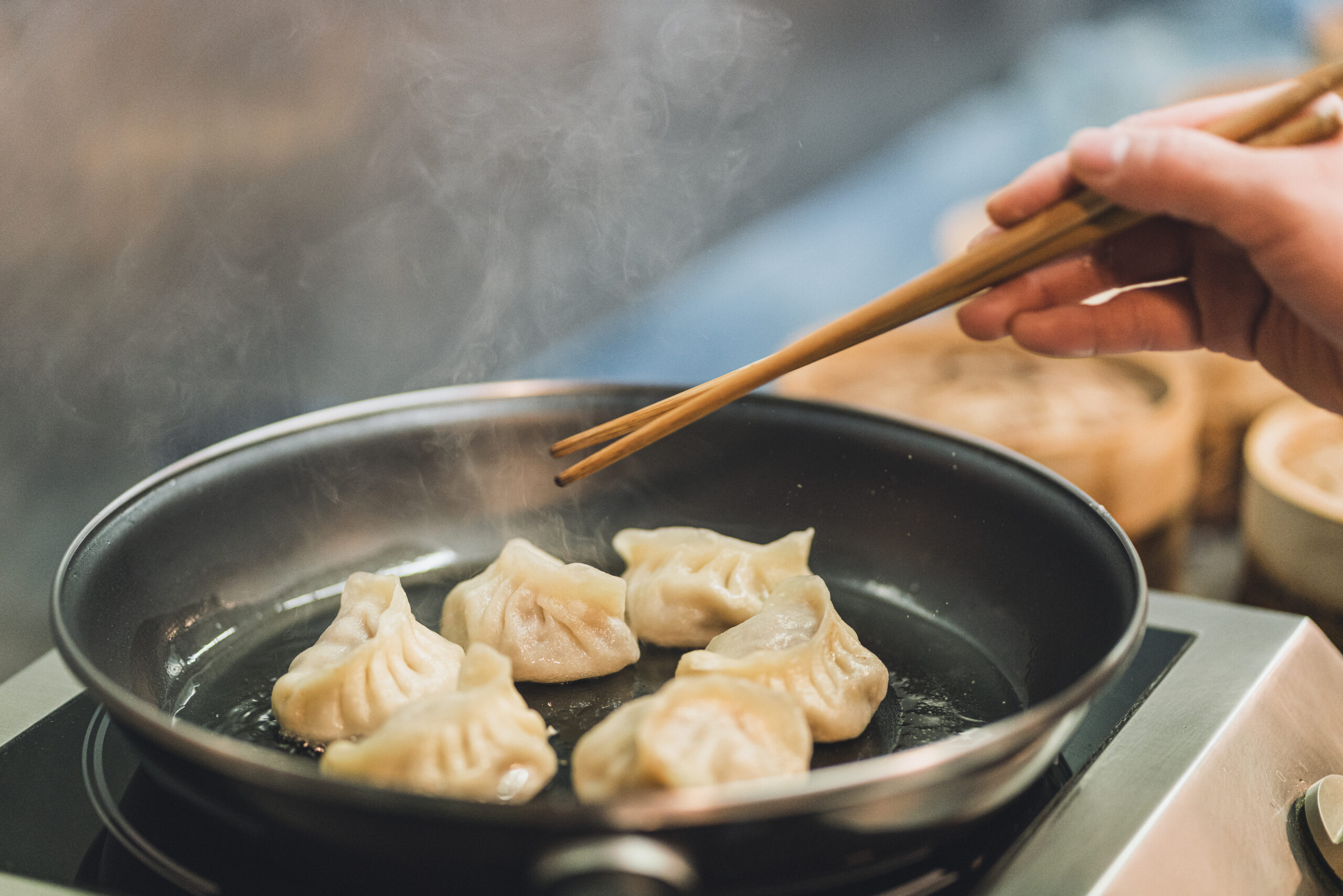Dumplings are one of the most universally loved comfort foods, but did you know they have an equally rich history? Take a journey with us to discover the origin of dumplings!
Dumplings Were Created in 180 CE
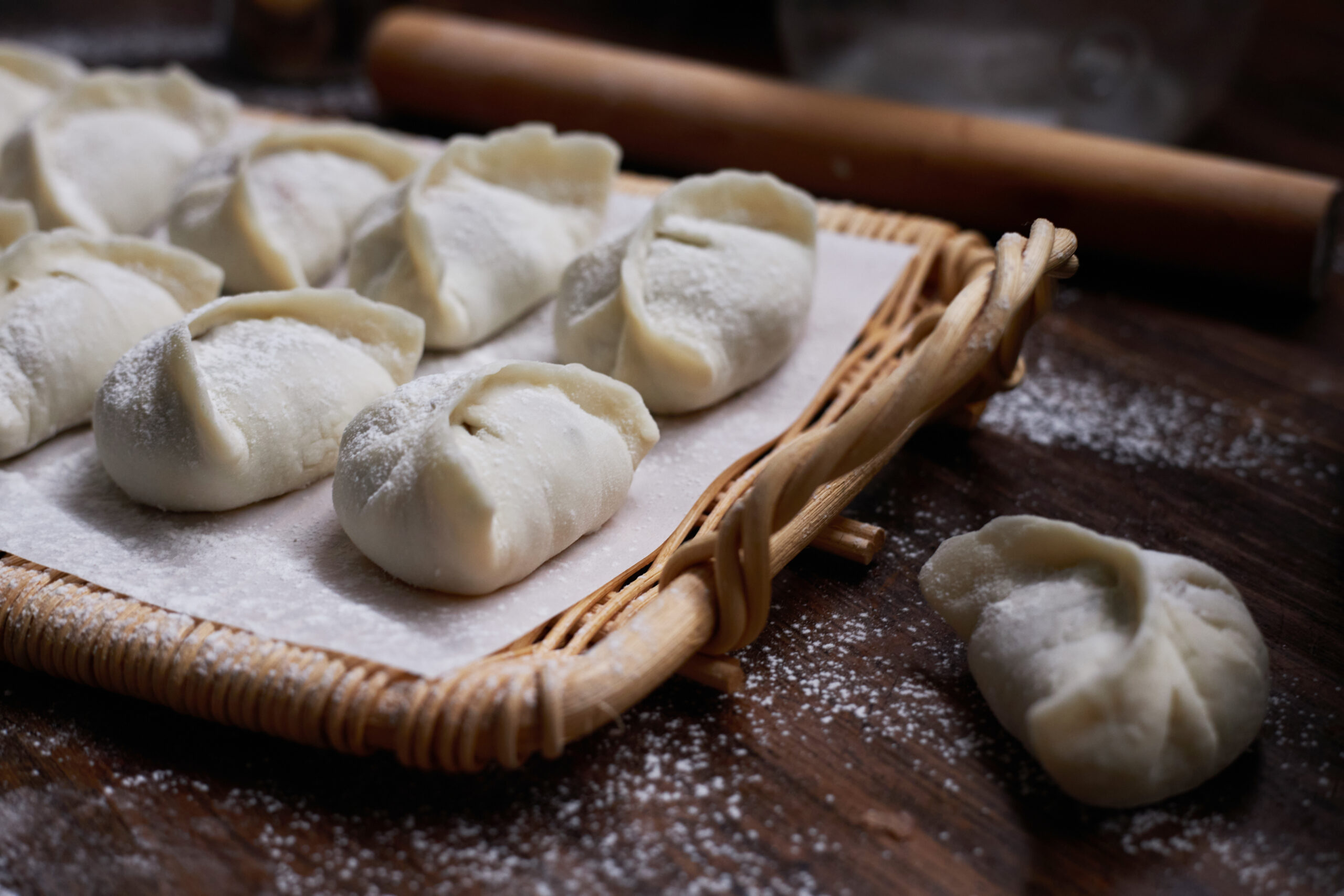
The humble dumpling was born in China about 1,800 years ago, in 180 CE. This was during the Eastern Han dynasty, a period of prosperity.
And it wasn’t just dumplings. The Han dynasty saw many new innovations, from papermaking to using negative numbers in math. It was an exciting time!
It’s amazing to think that we’re still enjoying a dish today that was created so many generations ago. But that’s just the start of the dumpling’s tale.
They Were Originally Used to Treat Frostbite
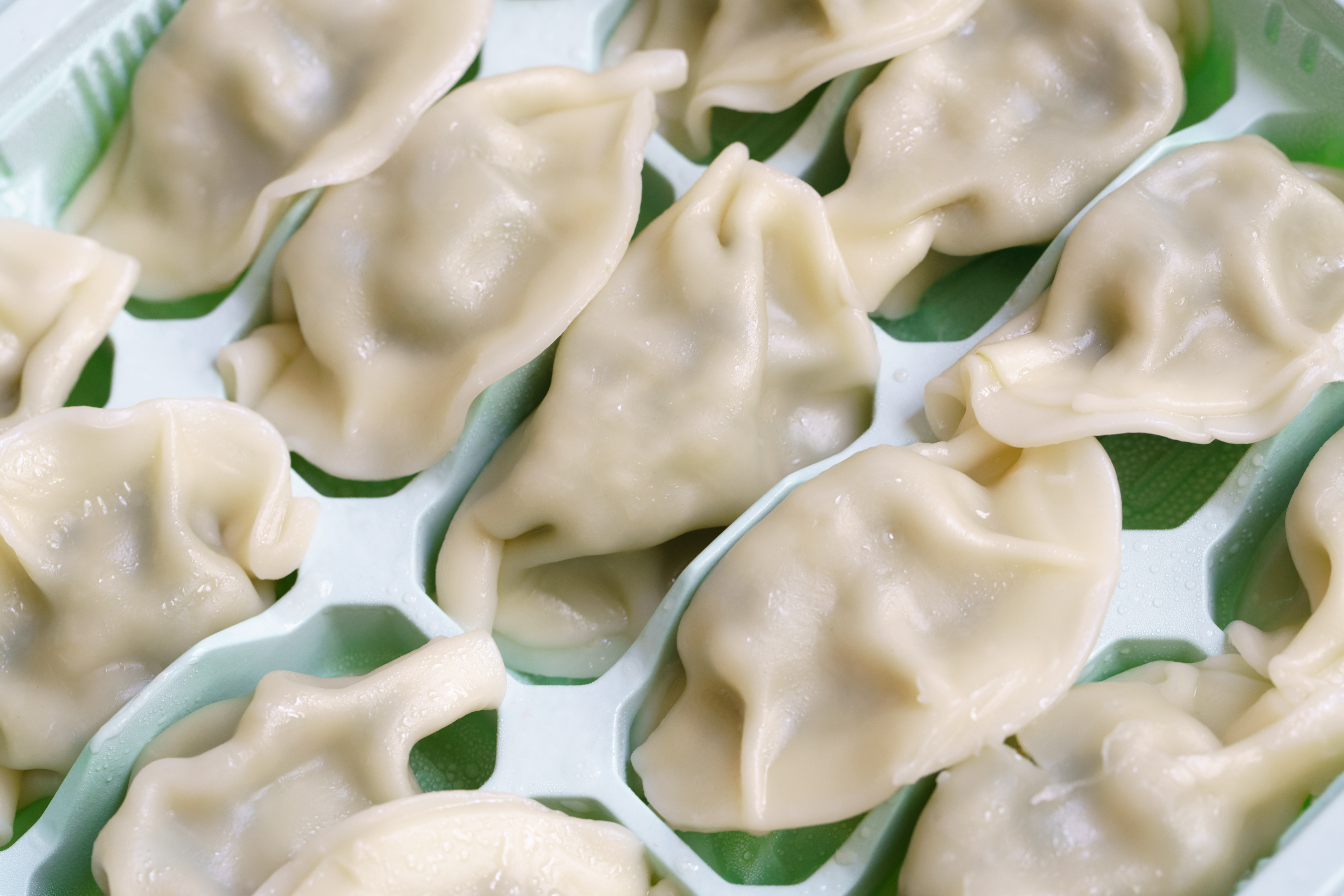
The invention of dumplings, or “jiaozi,” is typically attributed to a famous Chinese medical saint, Zhang Zhongjing. What does medicine have to do with dumplings?
Apparently, this practitioner created dumplings to help warm his patients up and prevent frostbite in the winter. It makes a lot of sense—warm dumplings work wonders.
The dumpling started as a simple mix of mutton and medicinal herbs, wrapped in a soft dough. If only we could taste one of those first dumplings.
Dumplings Were Initially Called “Tender Ears”
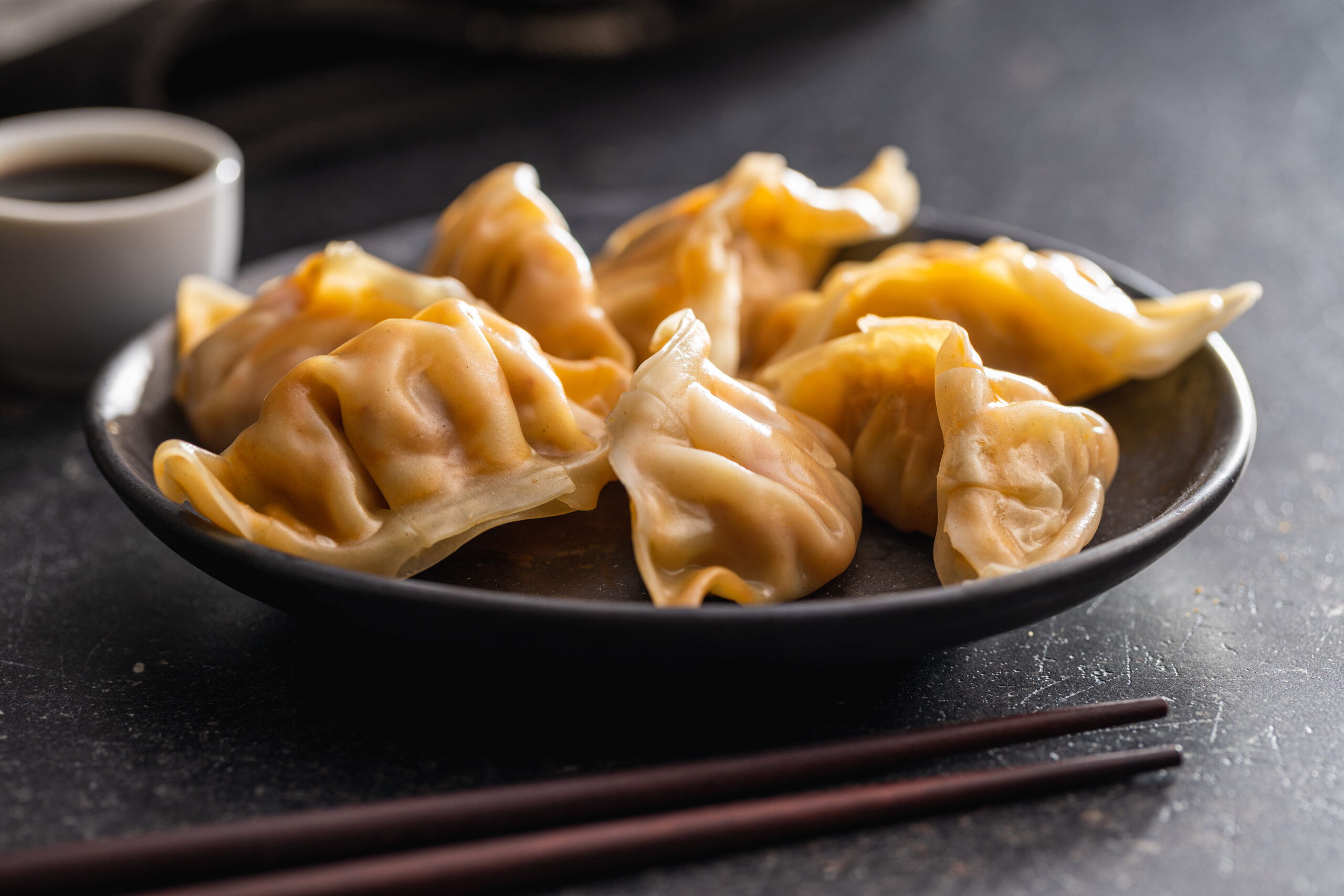
One of the biggest battles medical practitioner Zhang Zhongjing faced was the affliction of frostbitten ears. China, where he practiced, got terribly cold in the winter.
At that time, the idea of “like treats like” was common in medicine. To treat the frostbitten ears, you needed something that resembled an ear.
So Zhang created a warming meal: dumplings shaped like little ears to bring warmth and improve circulation to the ears. Their original name, “jiao’er,” means “tender ears.”
Regional Specialties Emerged in China
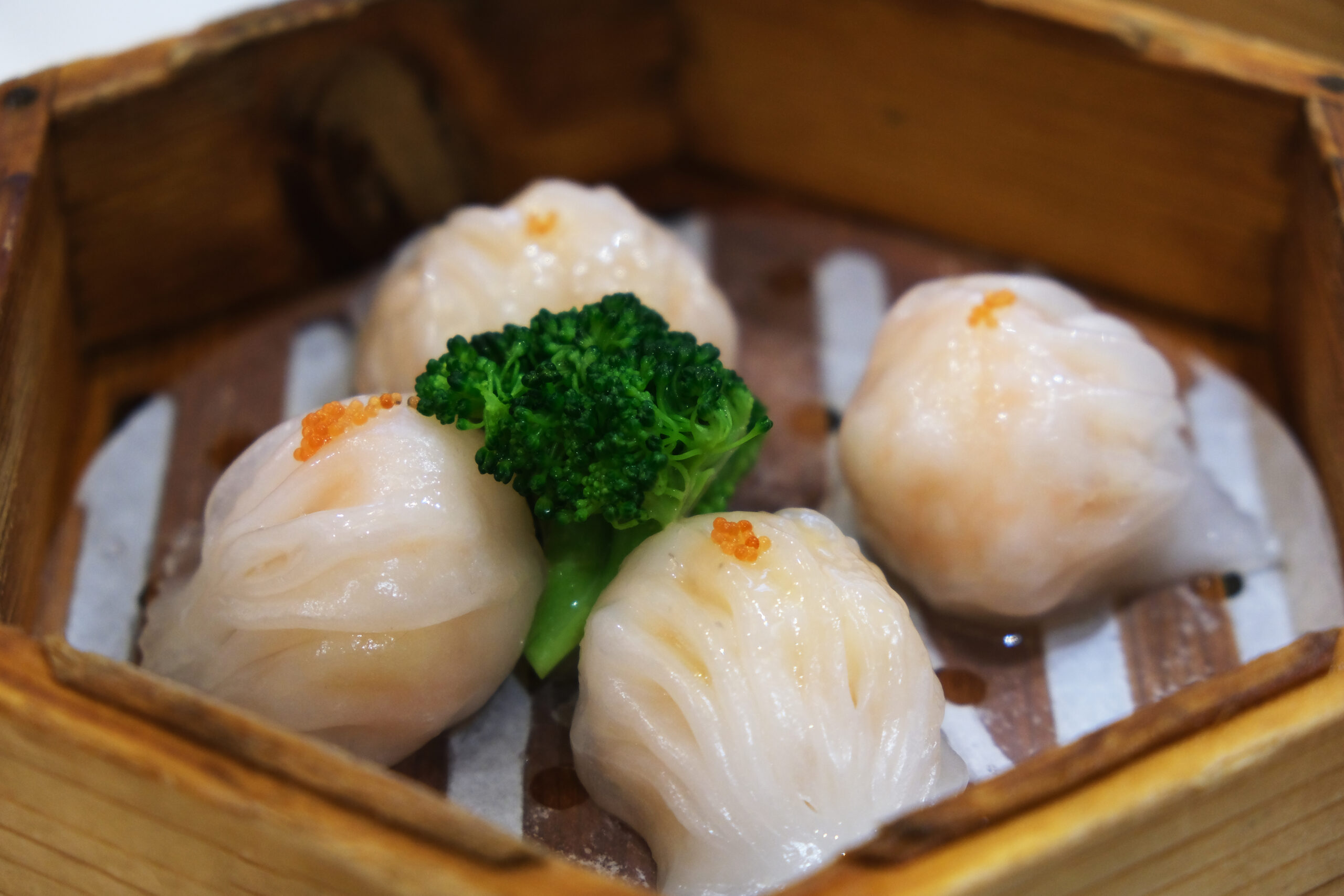
Over time, the creation of dumplings spread across China. In each locality, culinary minds added their own flair to the dish. Many regional versions of dumplings were born.
One example is har gow, pictured above, which is a Cantonese dumpling. These dumplings have a delicate shrimp filling and a translucent rice paper wrapper.
Another regional dumpling specialty is rice dumplings, which hailed from Yunnan. This province has over 25 recognized ethnic groups, making rice dumplings a varied bunch.
Invasions Brought the Dumpling to Korea
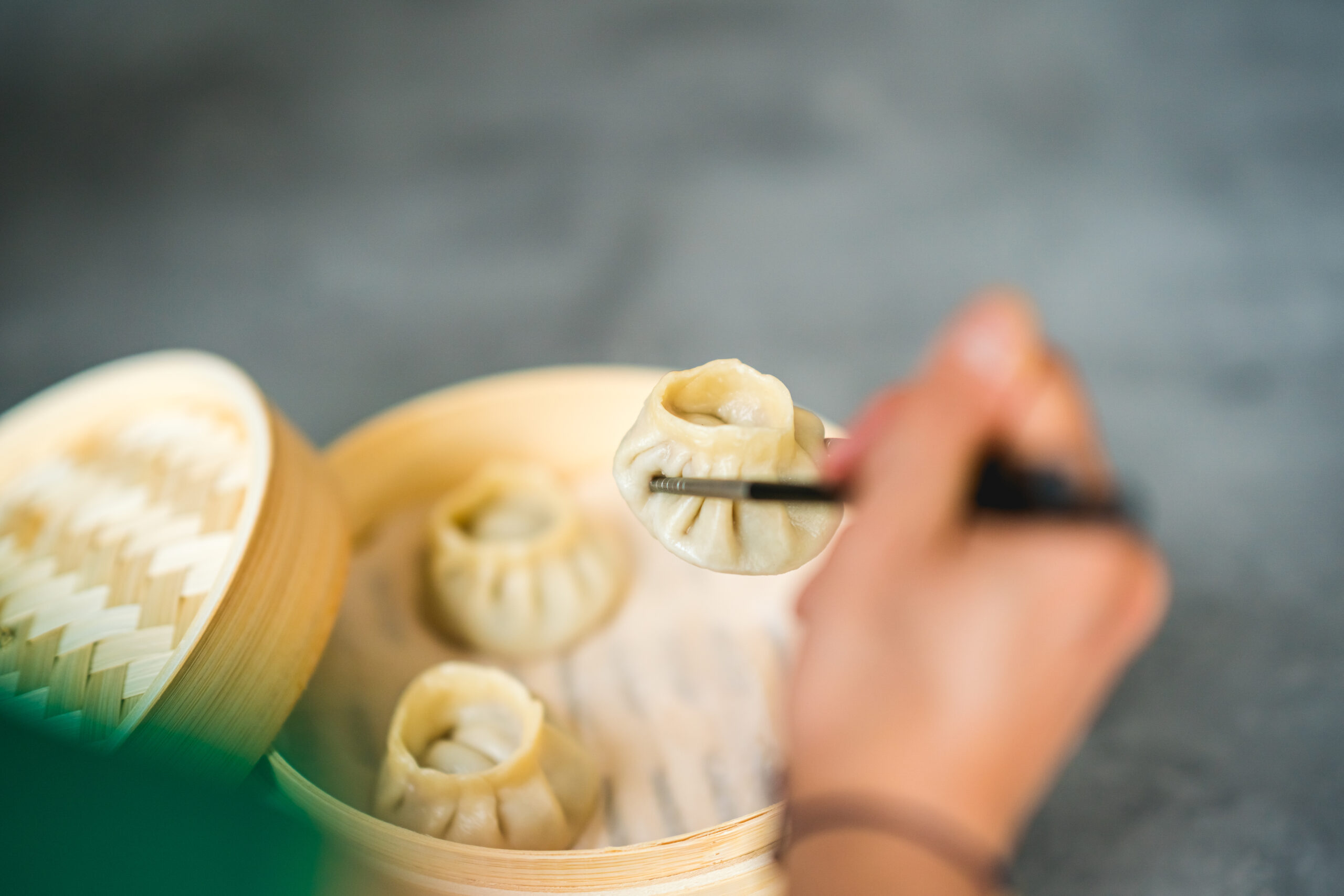
After spreading throughout China and other parts of Asia, Korean dumplings found a foothold. This was due to Mongolian invasions, which impacted Korea starting in the 13th century.
These invasions started around 1231 and had a major effect on the culture of Korea, both culinary and otherwise. Dumplings were a part of that.
Korean mandu, a type of dumpling, was one result of this cultural conquest. It’s a perfect example of how political forces can have an effect on food.
Dumplings Spread Along the Silk Road

The Silk Road was an ancient network of trade routes connecting China to the Mediterranean. It played a key role in spreading cultural traditions and culinary practices.
As traders and travelers moved along these paths, they carried with them the tradition of making dumplings from China. As they traveled, dumplings started to evolve.
The tradition of making dumplings spread across Asia, Central Asia, and eventually Europe. They blended with local flavors and ingredients and took on new forms.
Dumplings in the Middle East and Europe
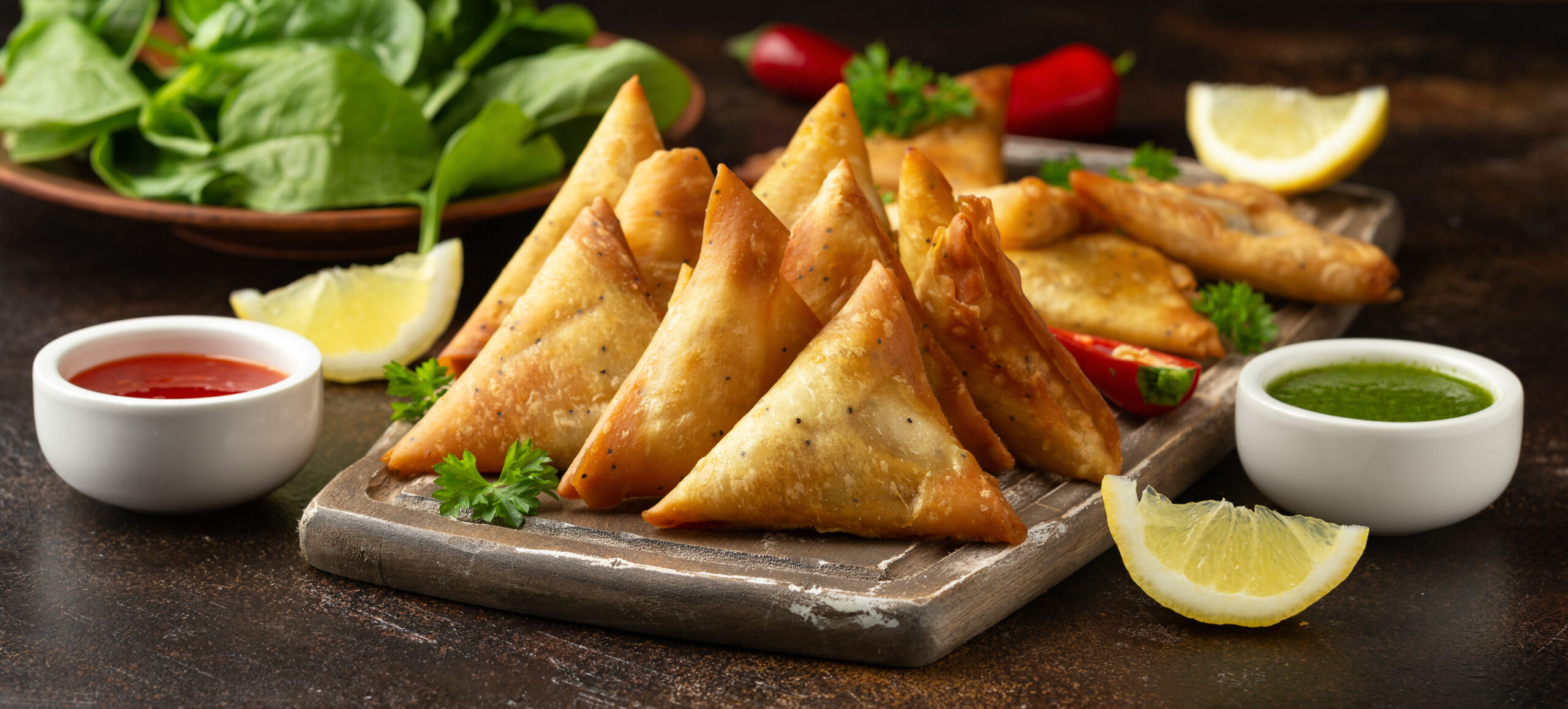
From about the 5th century through the 15th century, dumpling-like foods started appearing in the Middle East and Europe. They incorporated dumpling concepts with local flavors.
In the Middle East, you can see this reflected in kibbeh and samosas. These use local spices and ingredients like minced meat, onions, and lentils.
By the Middle Ages, Europe had warmly embraced the dumpling, too. We’ll look at some of the specific dishes that take inspiration from dumplings below!
Ravioli, Pierogi, and Knödel
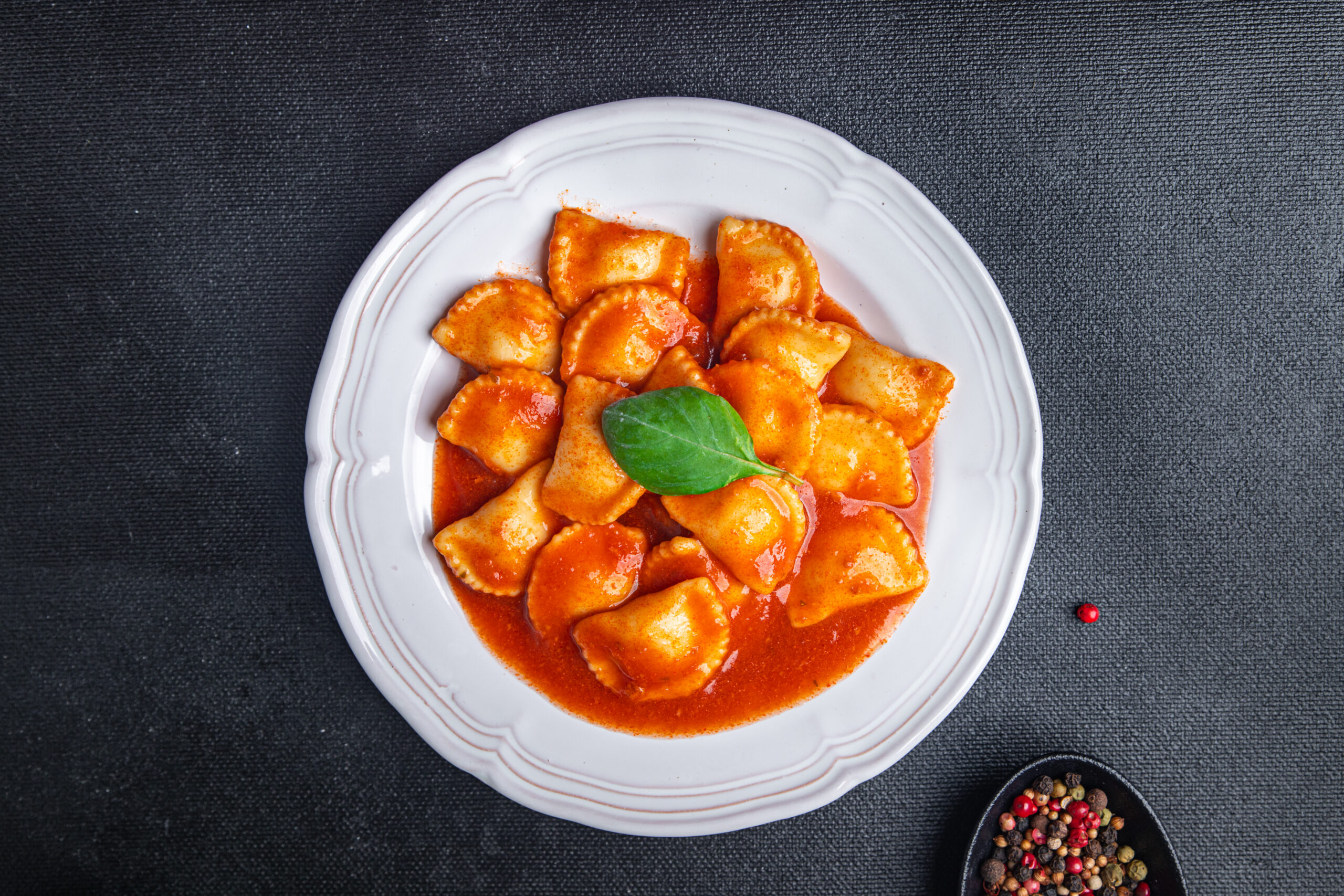
Where can you spot dumpling-inspired dishes in Europe? One of the most obvious examples is the Italian ravioli. It’s essentially a cheesy, meaty dumpling!
In Poland, the dumpling’s impact on local cuisine is evident in the creation of pierogi. And in Germany, knödel showcases regional tastes in dumpling form.
Dumpling-inspired dishes incorporate the flair of each region, ranging from savory to sweet fillings. They’ve continued evolving from basic dough and fillings to intricate, beloved national dishes.
First Mention of Dumplings in English
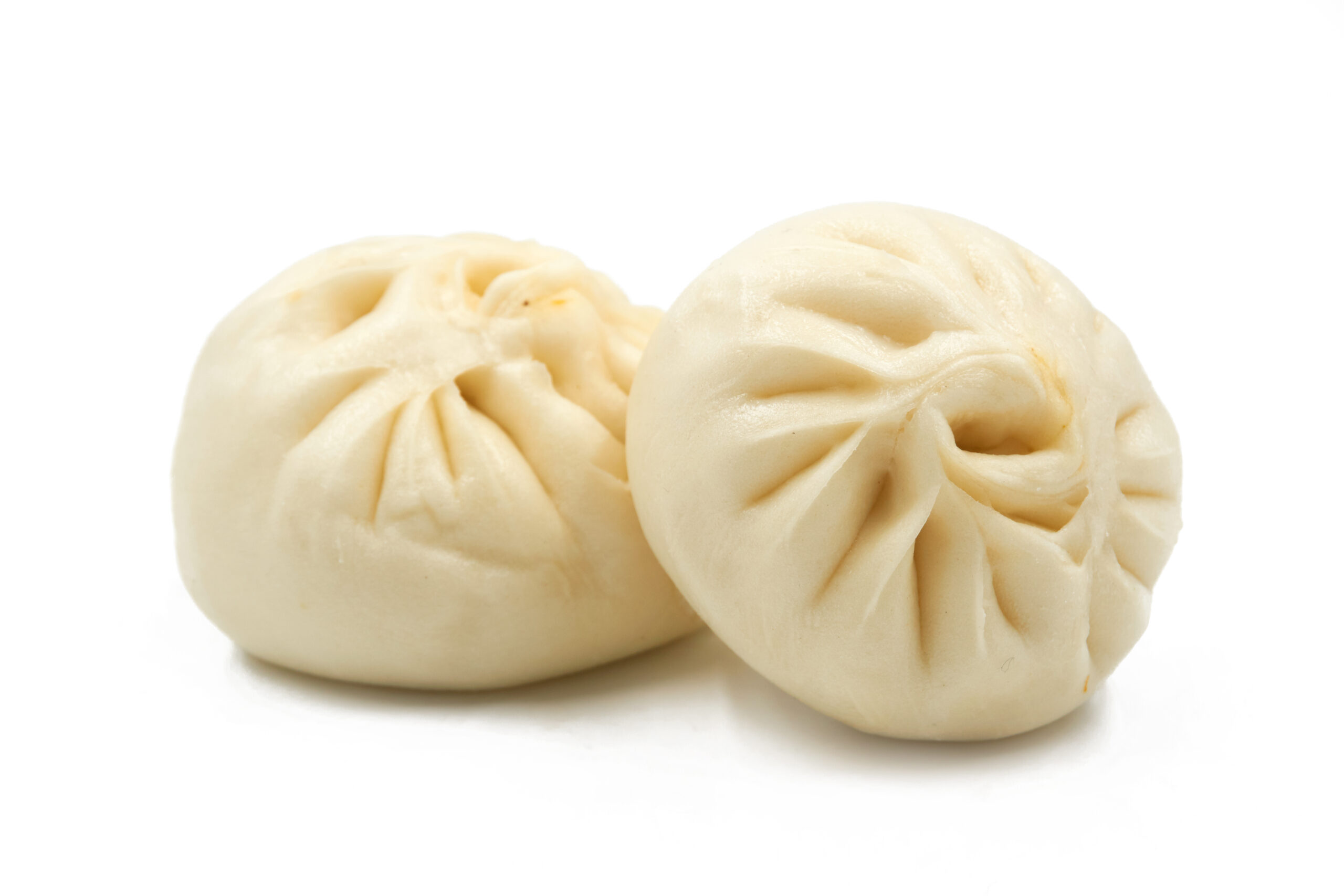
The earliest documented mention of dumplings in English appeared in the 17th century, marking a significant point in culinary history. Finally, dumplings came to the Western world.
The reference to dumplings in writing signifies the introduction of the concept to the English-speaking world. But also shows the expanding palate of Western society.
This first mention demonstrates how a simple dish, created by a medical practitioner in China, had worldwide appeal. To this day, it’s a beloved staple in the West.
Soup Dumplings Emerged in China
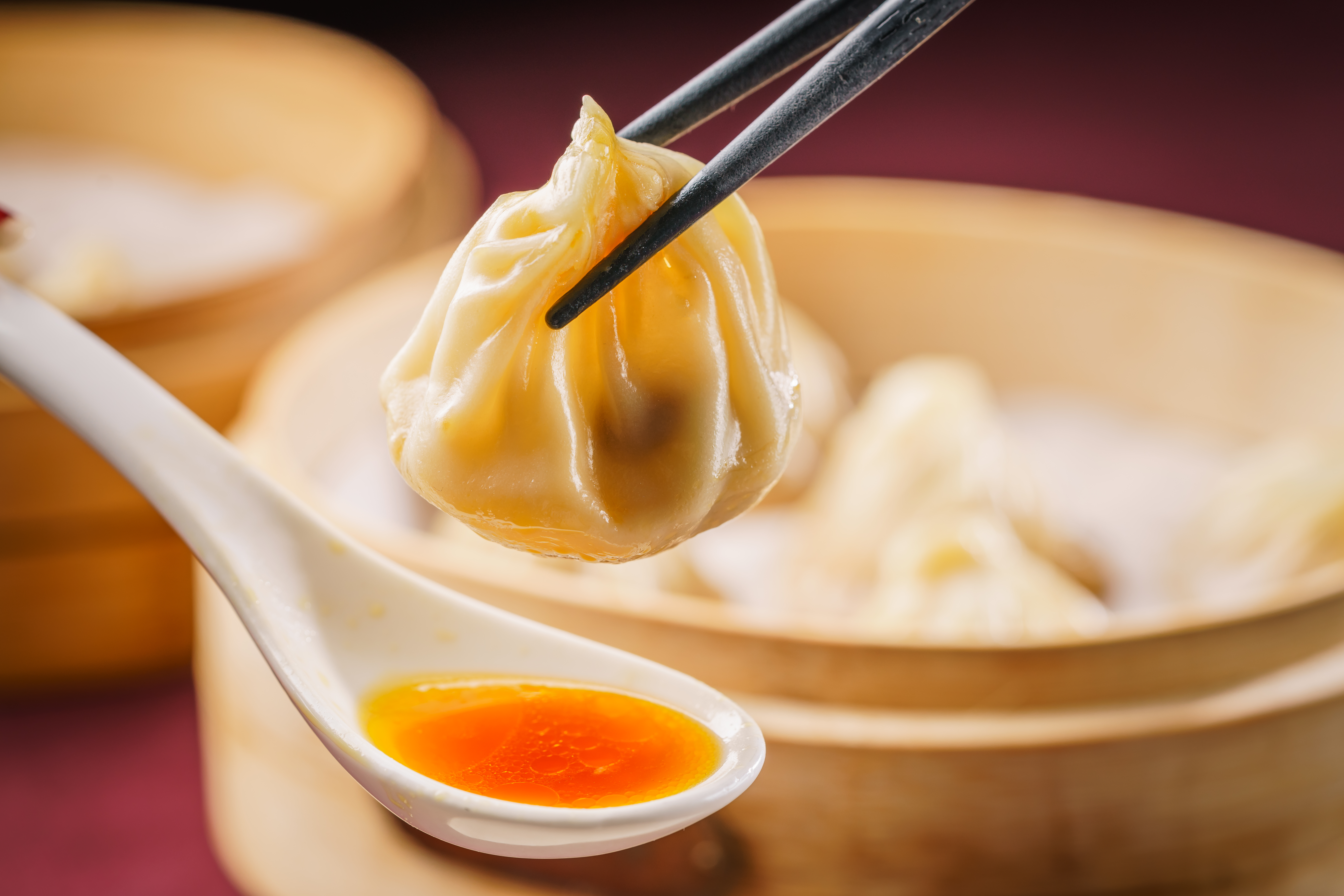
Around the late 1800s, soup dumplings made their way onto the scene in China. These dumplings ingeniously encase a broth within the dough that liquifies when cooked.
They’re also known as Xiaolongbao, and it’s thought they originated from the Jiangnan region of China. Specifically, it was around Shanghai and Wuxi, during the Qing Dynasty.
The creation of Xiaolongbao is often attributed to a vendor in the small town of Nanxiang. It was a genius way to attract more customers.
Dumplings Come in Many Forms
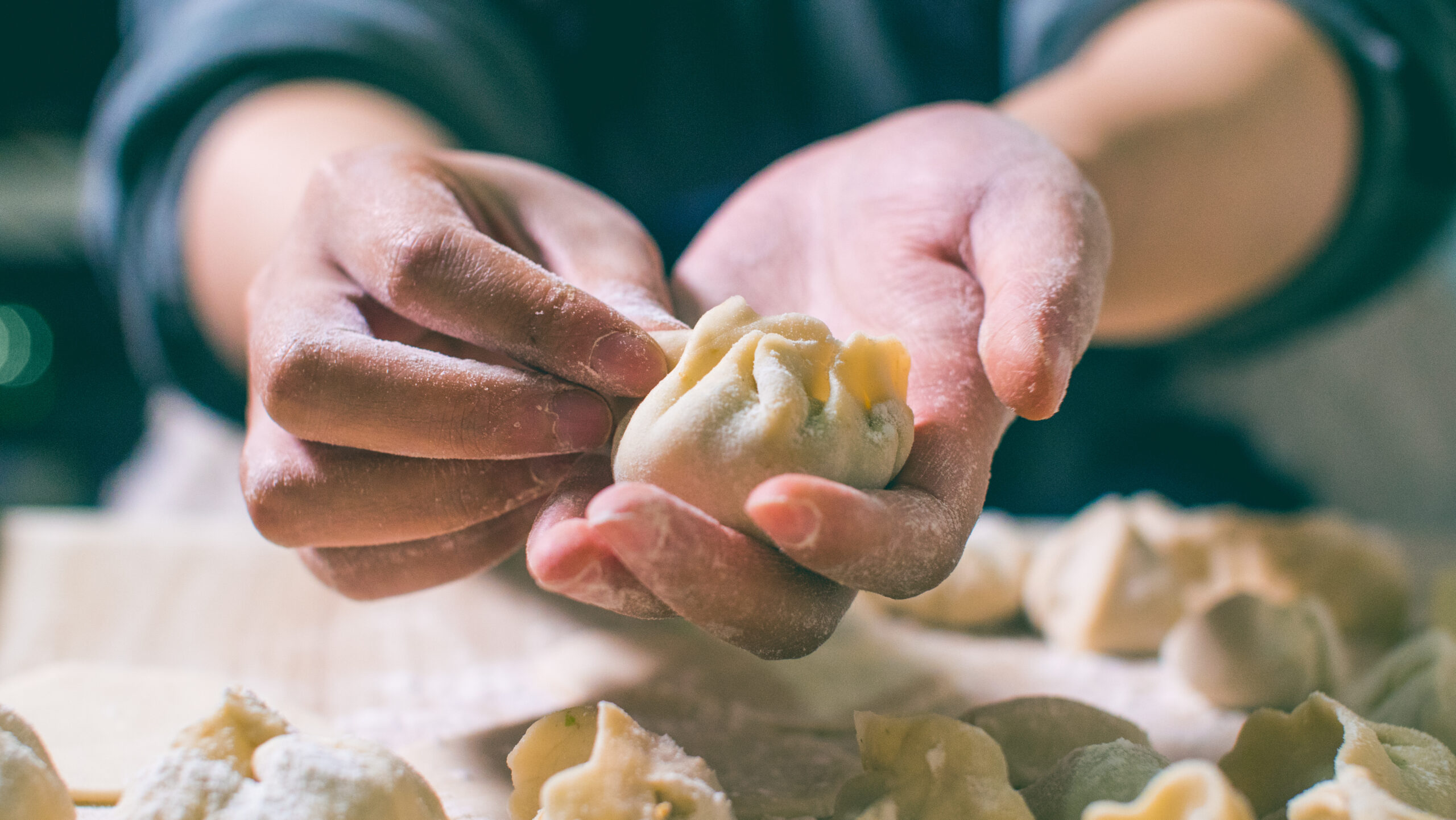
From there, dumplings continued to spread to different nations and culinary cultures, taking on different qualities wherever they went. They’re truly the chameleon of foods.
Dumplings are traditionally made with a variety of fillings, including meat, vegetables, and even sweet ingredients. The various fillings reflect local tastes and seasonal ingredients.
This adaptability shows that dumplings are the perfect culinary canvas. Wherever they go, they can take on the traits and unique qualities of that culture.
Gyoza Dumplings in Japan
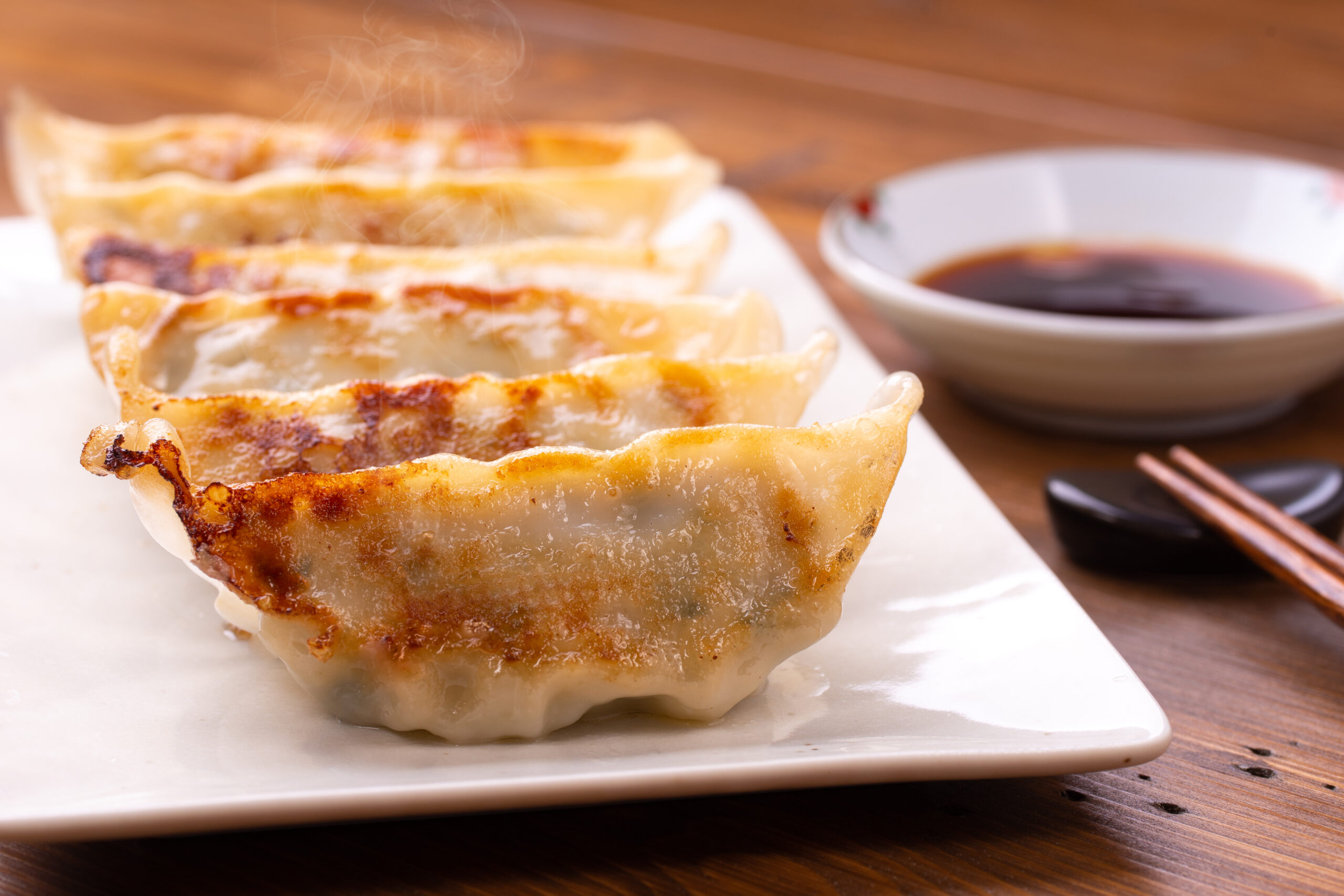
Gyoza is the Japanese adaptation of Chinese jiaozi. What we know today as Japanese gyoza came about after World War II, through soldiers returning from China.
This culinary exchange led to the creation of a distinctly Japanese version of the dumpling. Gyoza typically features a thinner wrapper and a more finely chopped filling.
Gyoza usually includes pork, cabbage, garlic, and ginger, plus a dipping sauce. It’s also pan-fried to achieve a crispy bottom while remaining steamed and tender on top.
American Dumplings
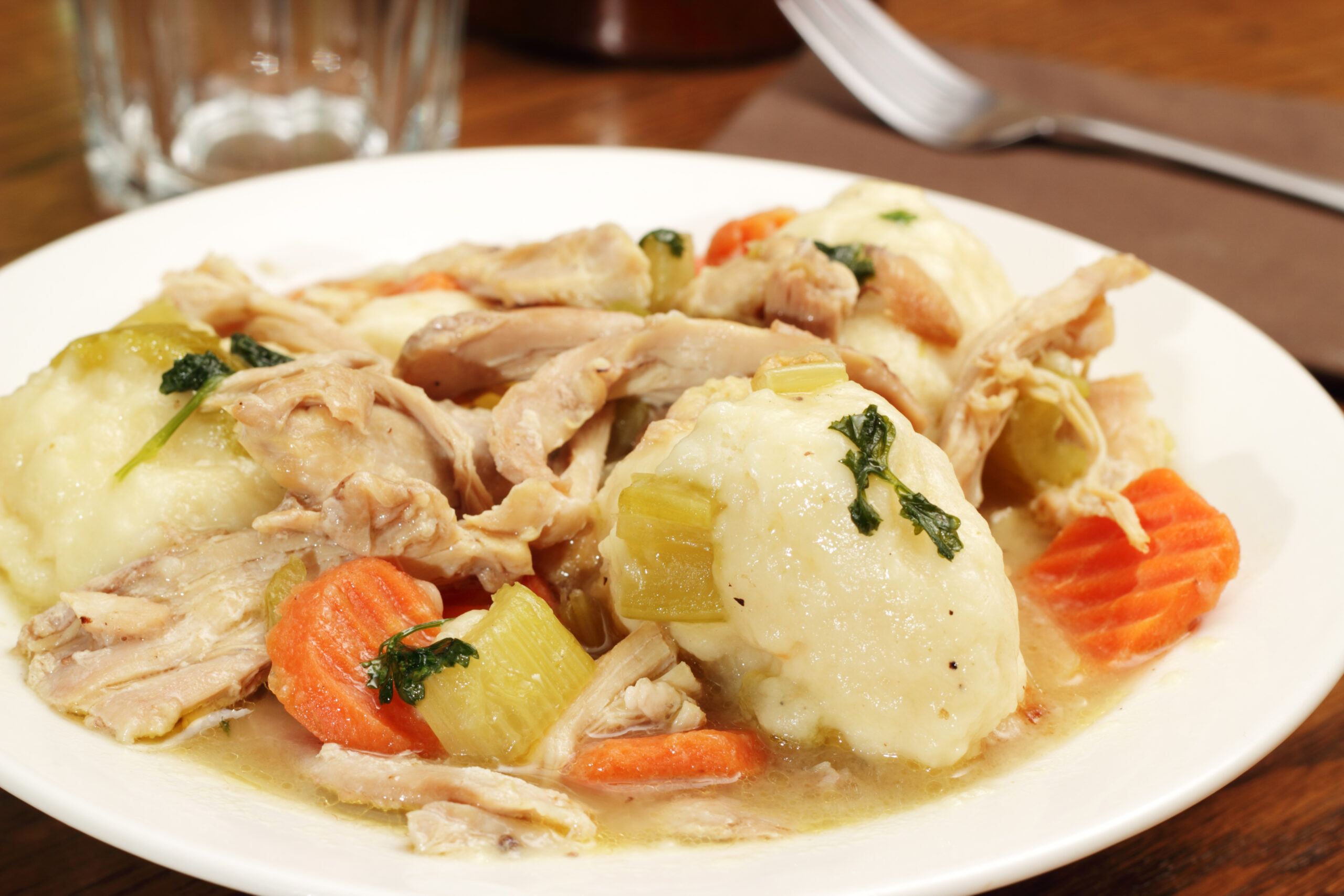
American dumplings emerged from various influences, including European settlers and later Asian immigrants. They’re typically doughier than Chinese dumplings, which have a thinner dough.
But American dumplings can also vary widely—from the doughy, drop-style dumplings found in Southern chicken and dumplings to the baked or steamed versions in stews.
American dumplings showcase a broad range of styles and ingredients. They constantly adapt to regional tastes and the available ingredients, showing the country’s diverse culinary landscape.
South American Dumplings
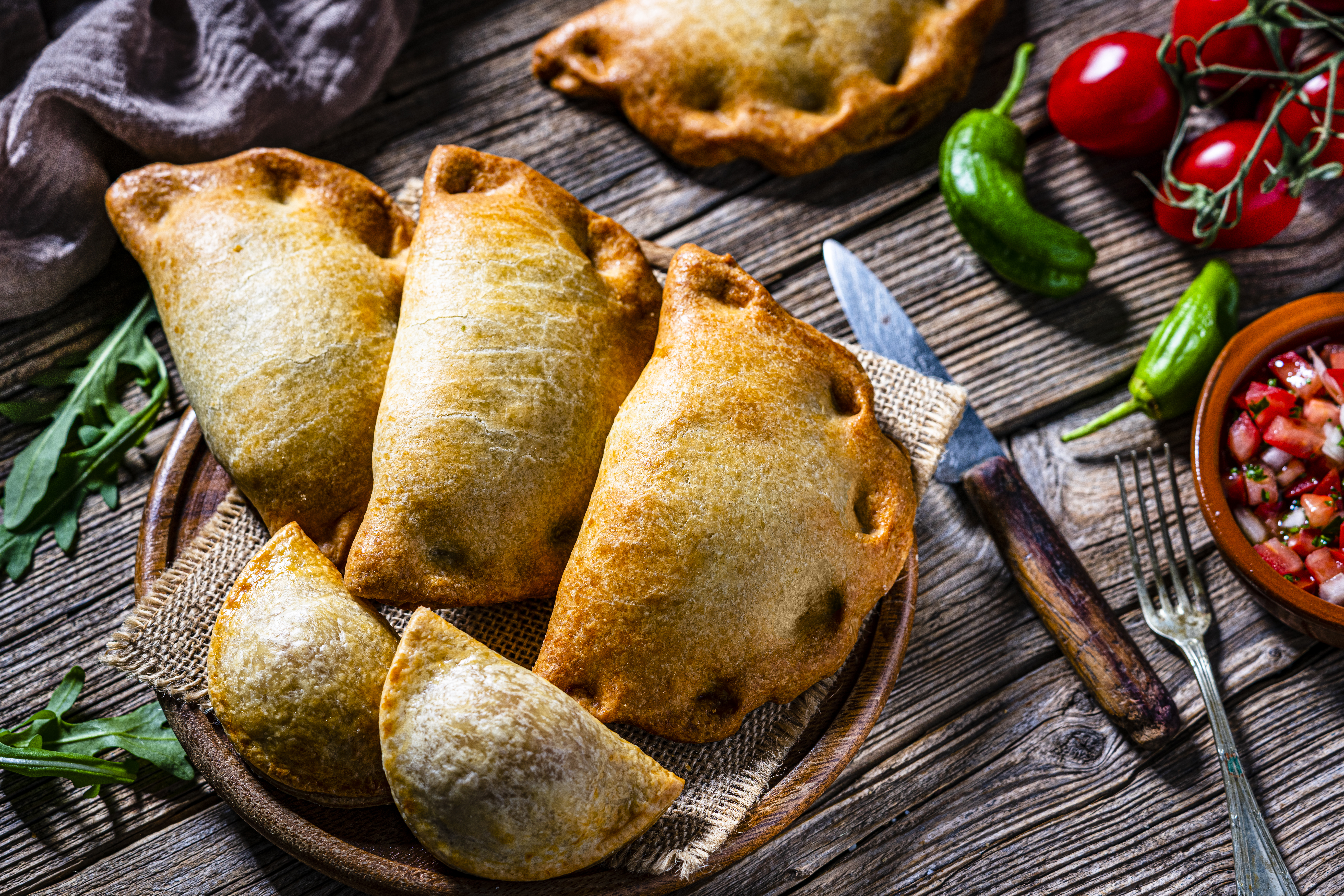
Like other regions’ iterations, South American dumplings reflect the rich culinary tastes and techniques of the area. These, though, diverge significantly from the original Chinese dumpling.
The main version of a dumpling in traditional South American cuisine is the empanada, which originated from Spanish and Portuguese influences. Like other dumplings, empanadas are stuffed with deliciousness.
Unlike other dumplings, though, empanadas have a heartier, more robust crust made of corn or wheat. They’re typically filled with meat, melty cheese, and vegetables.
Bringing People Together
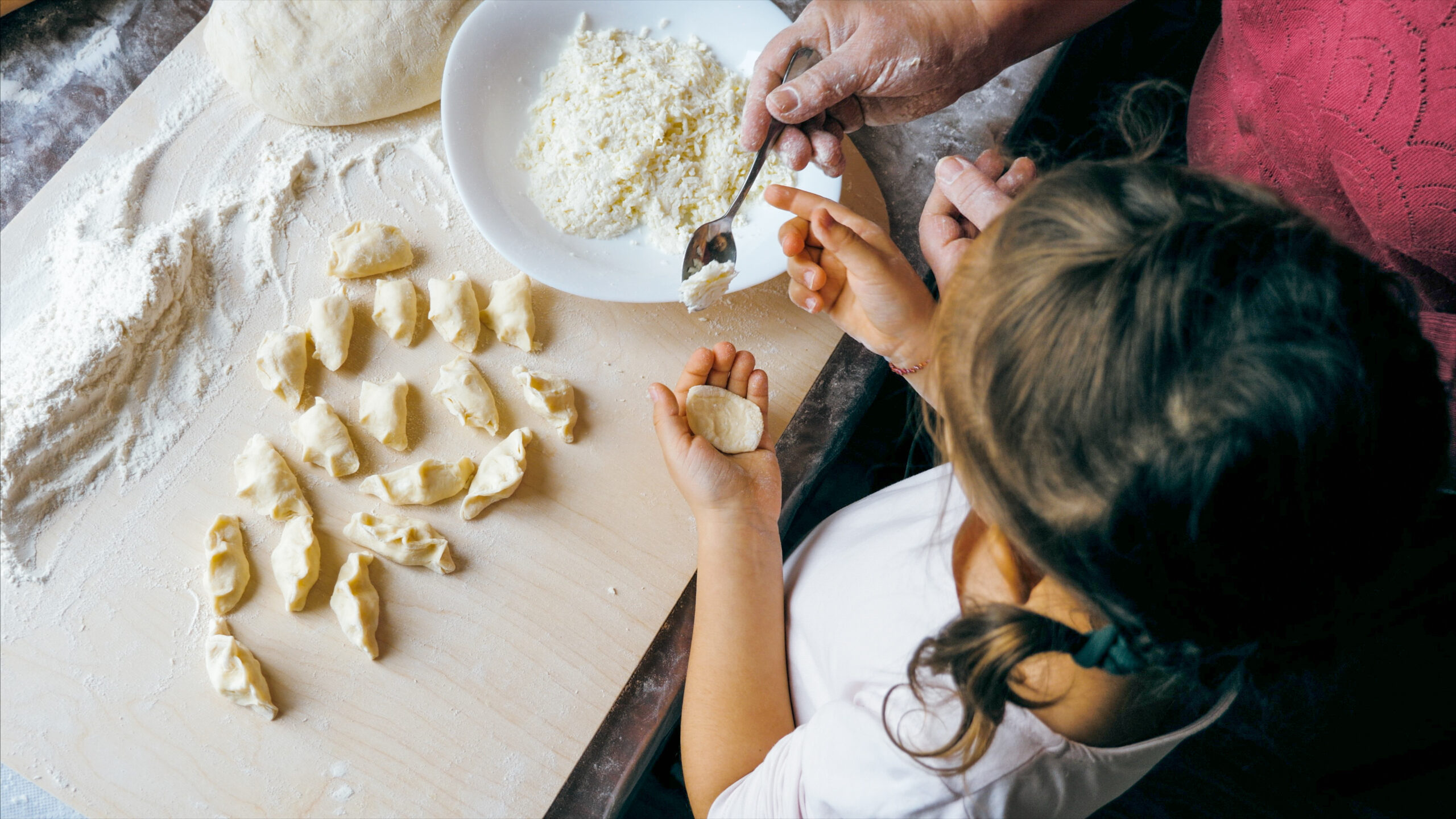
The act of making dumplings is often a communal activity, symbolizing togetherness and celebration in many societies. This is especially true during festivals and celebrations.
From kneading the dough to stuffing and shaping the dumplings, the process creates a feeling of collaboration. It’s the perfect opportunity for conversation, stories, and bonding.
By making dumplings together, families also pass their unique recipes and techniques down through the generations. It’s not just a meal; it’s a meaningful family ritual.
Dumplings for a Lucky New Year
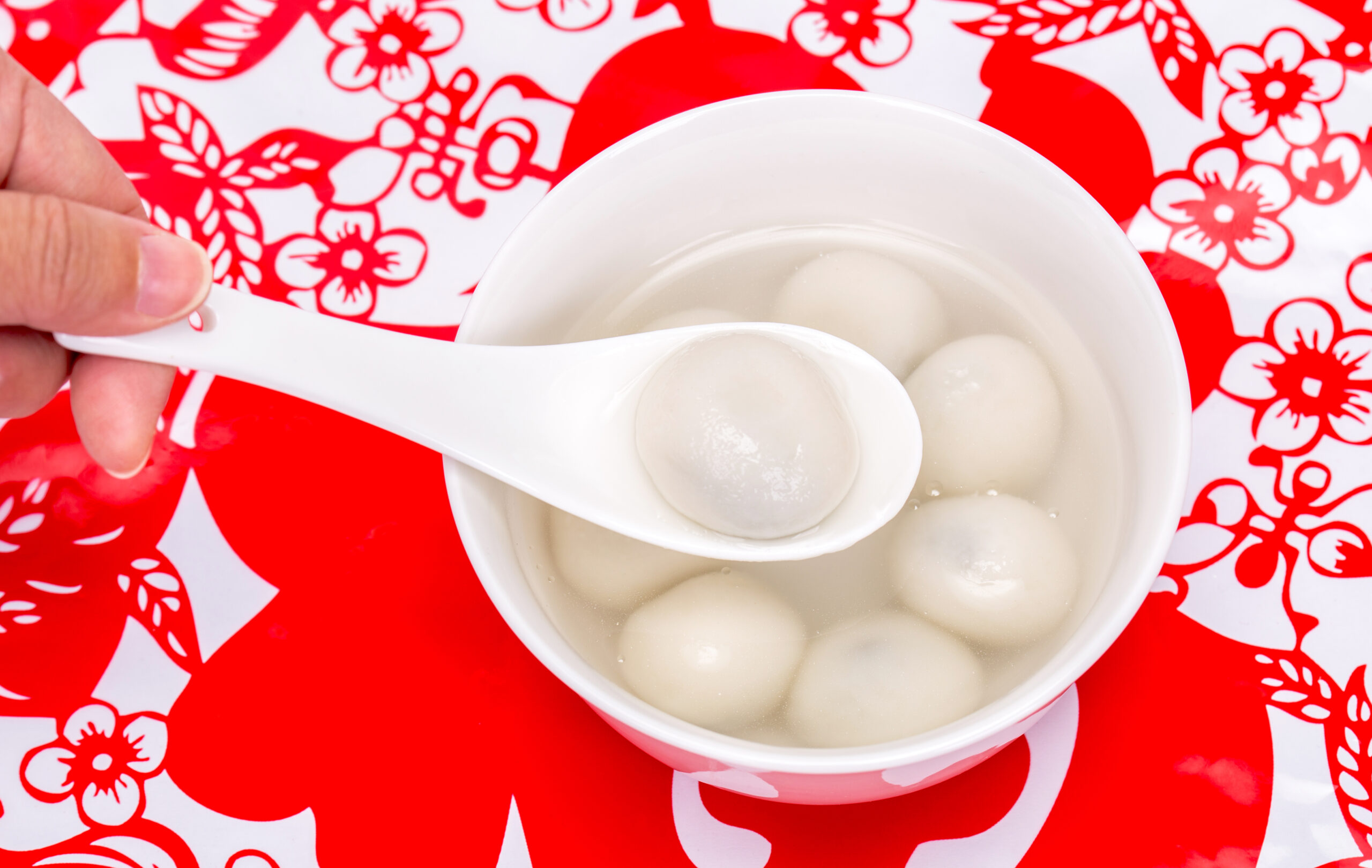
If you’re not sure what to make for dinner on New Year’s Eve, have you considered dumplings? This dish has traditionally been considered lucky.
Particularly in China, making dumplings for the Lunar New Year is a longstanding tradition. Dumplings are consumed at midnight or first thing in the new year.
In Eastern European traditions, dumplings like pierogi are also eaten during New Year festivities. They are said to signify hopes for abundance in the coming year.
Celebrating Dumplings Around the World
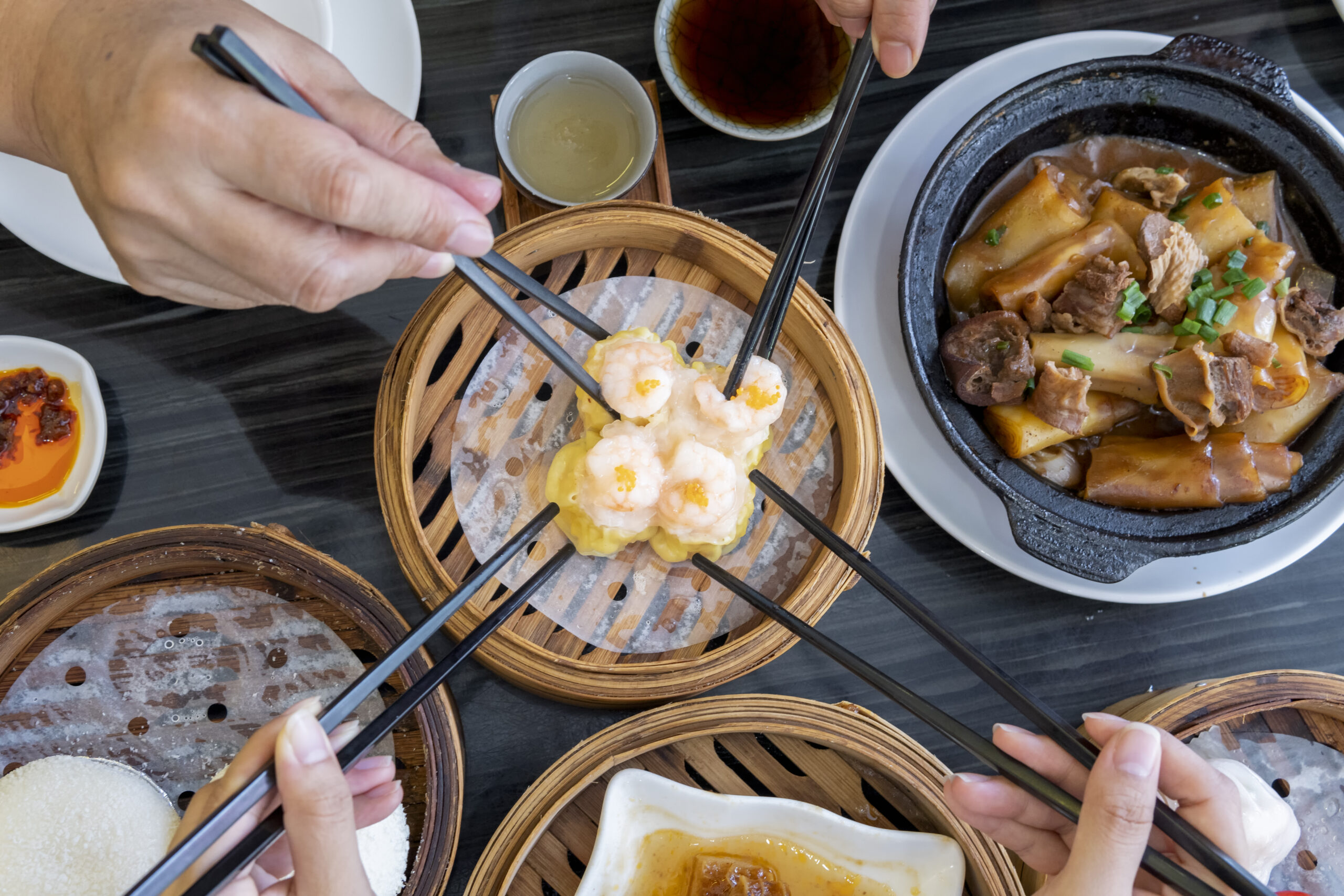
With their many different forms popping up all over the world, dumplings perfectly show how food is affected by world events. In addition to being delicious.
From the origin of dumplings in ancient China to their adaptation across continents, dumplings showcase regional flavors and cultures. And each one just as good as the last.
They also perfectly represent the tradition of coming together over food. If you want something warm and comforting for dinner, you can’t do better than dumplings.
